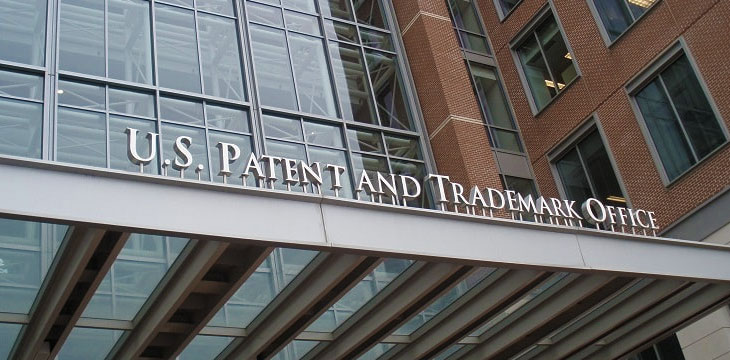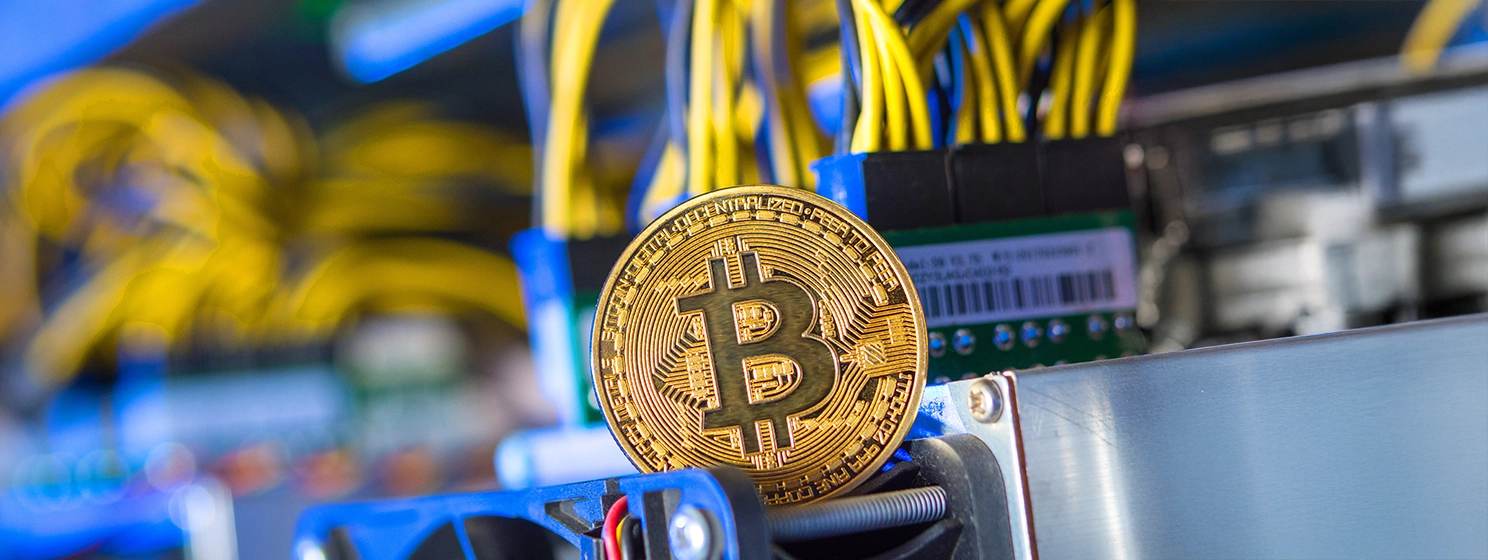|
Getting your Trinity Audio player ready...
|
The U.S. Patent and Trademark Office (USPTO) has approved Xerox Corporation’s patent that provides for a “secure revisioning auditing system for electronic document files.”
The company, which now focuses on digital document solutions, had filed for the patent back in February 16, 2016, stating in its application that in many cases, revision of documents need not be tracked, with only the final revision being of concern for one’s purposes, and previous versions becoming merely obsolete. “However, for some high stakes electronic documents, such as electronic medical records…, bank records or the documentation of a criminal investigation, it is important not only to have the most recent version but to be able to audit the changes made and who made them,” it said.
The patented system, according to Xerox, “can be advantageous in many applications since it provides a cryptographically secured record of all changes to important records, so that accuracy can be guaranteed and attempts to subvert that accuracy traced.” Having immutable data, it said, will “allow record owners to recover work that may have been altered or destroyed from more traditional control systems and pinpoint the exact moment when things went wrong.”
As given as examples, medical records could be reviewed to determine how mistakes in treatment may have been made, where blockchain data could be presented in court or for educational use; financial records could be more reliably audited in accordance with regulations; and for criminal cases, tampering with evidence becomes easier to detect.
For more traditional data systems, “[t]hose who would alter or destroy these records are normally highly motivated and may only need a little knowledge of database hacking or someone else’s passwords to achieve their goal,” Xerox noted.
One use of the patent would involve the installing of nodes for each pertinent organizational unit, that could create records on the blockchain as well as track changes made, with security procedures for these as dictated by the organization.

 12-21-2025
12-21-2025 




